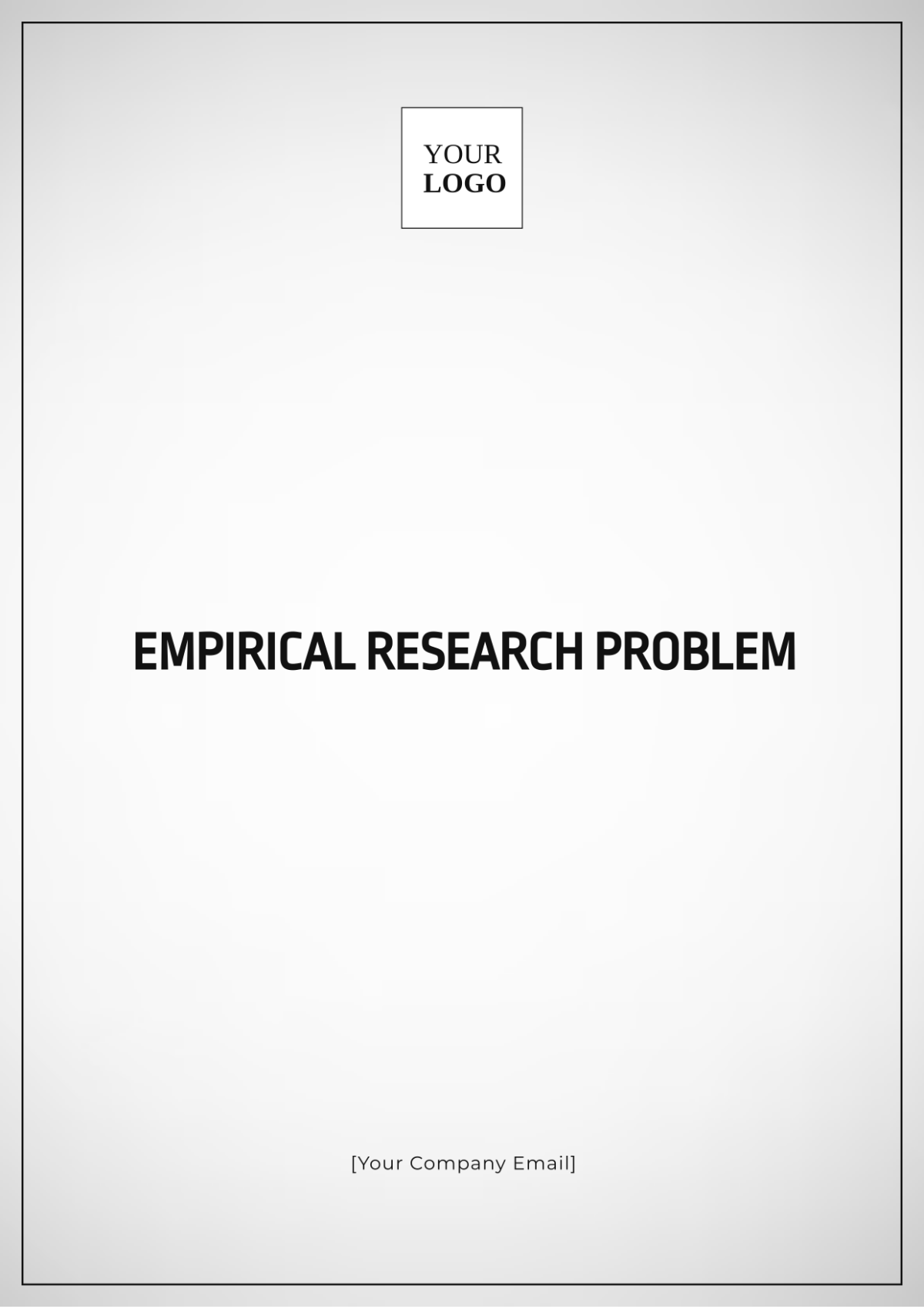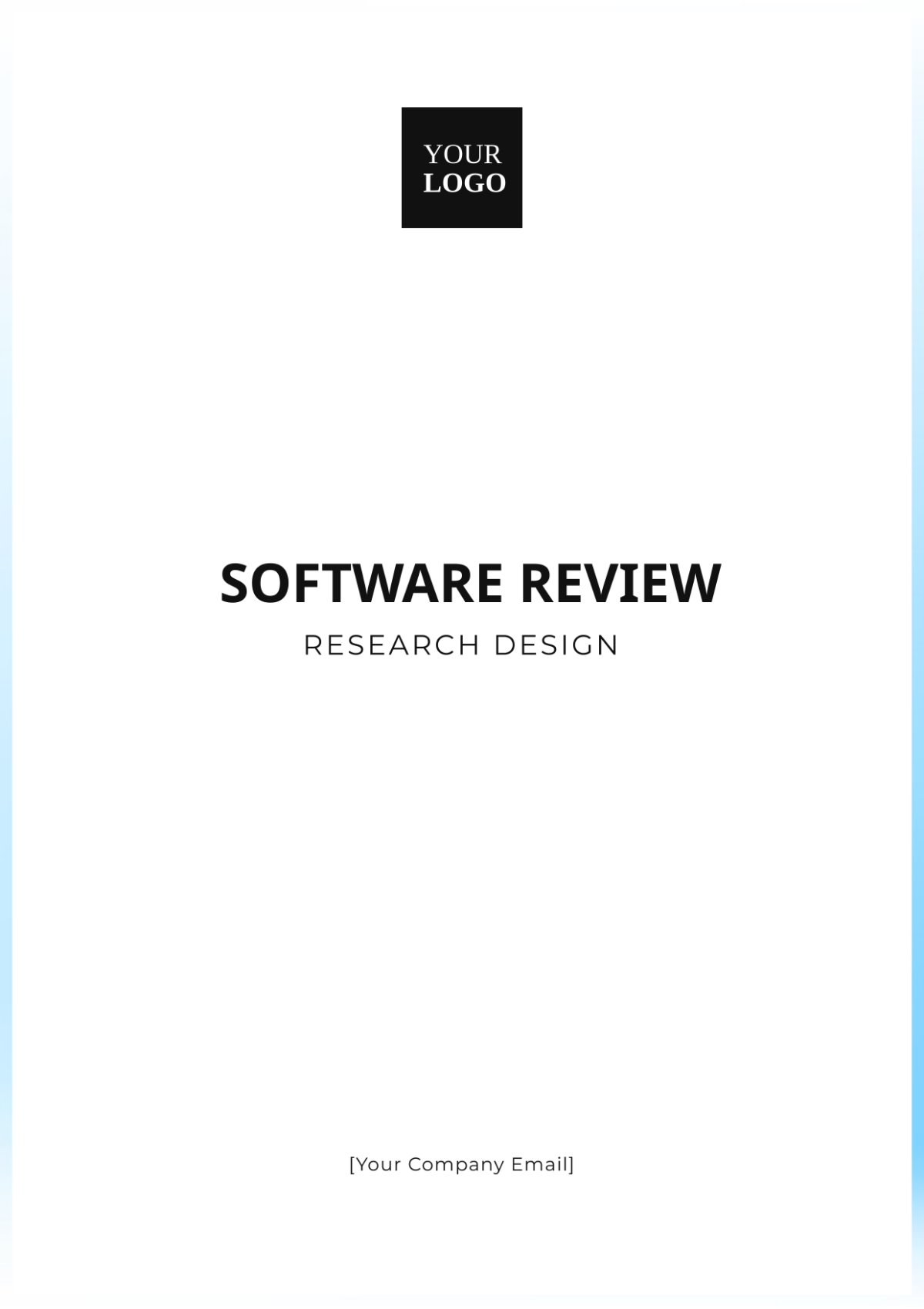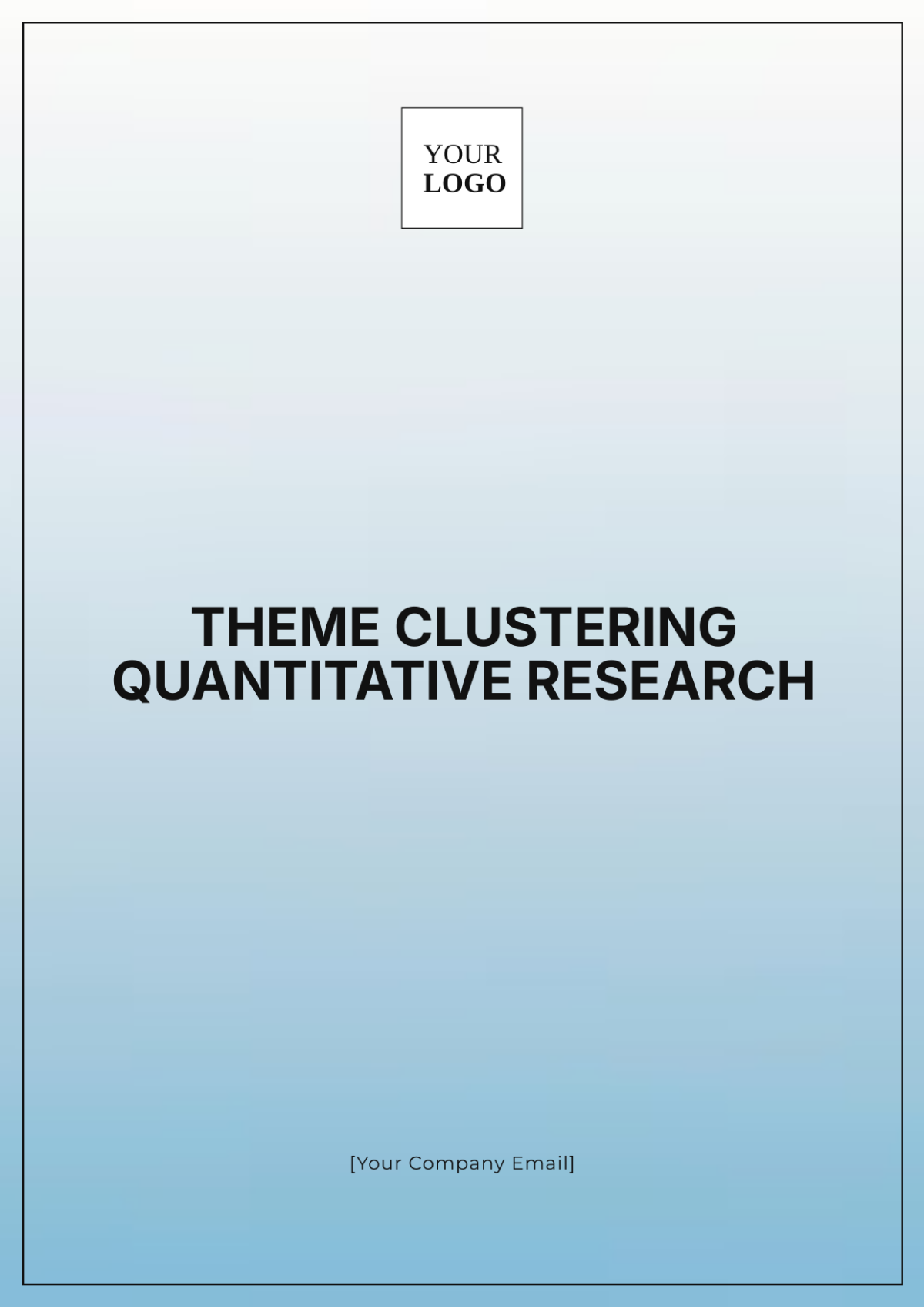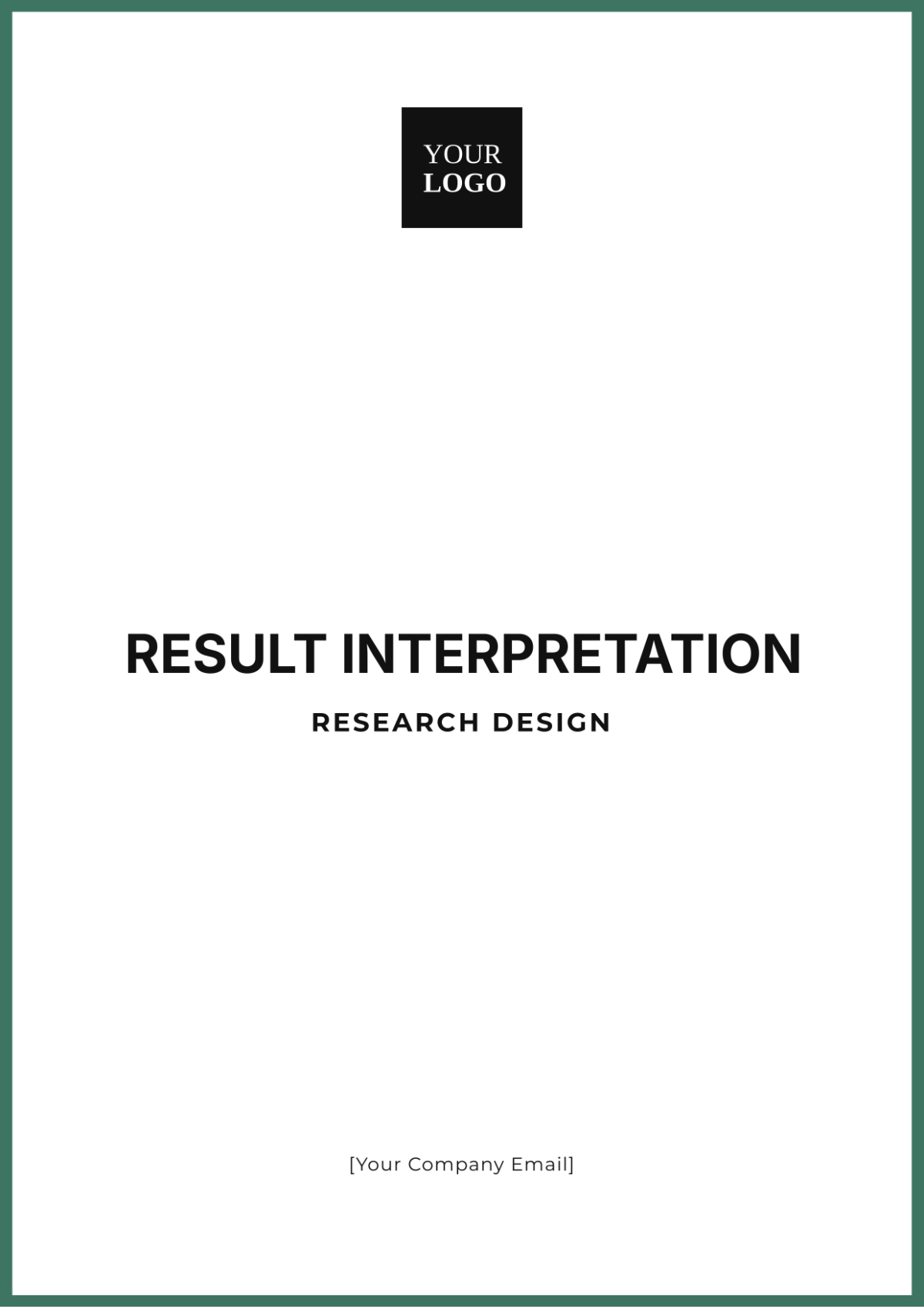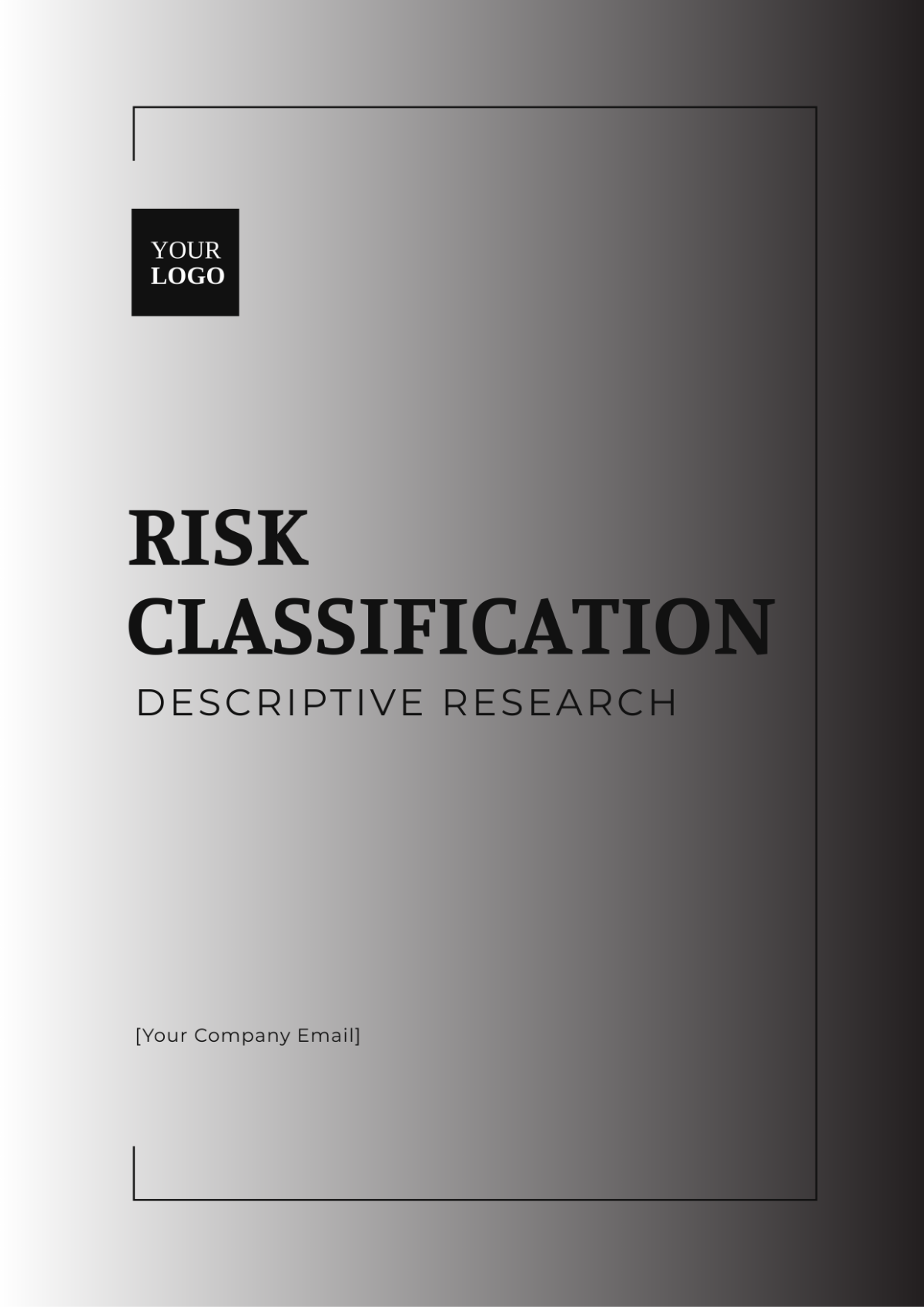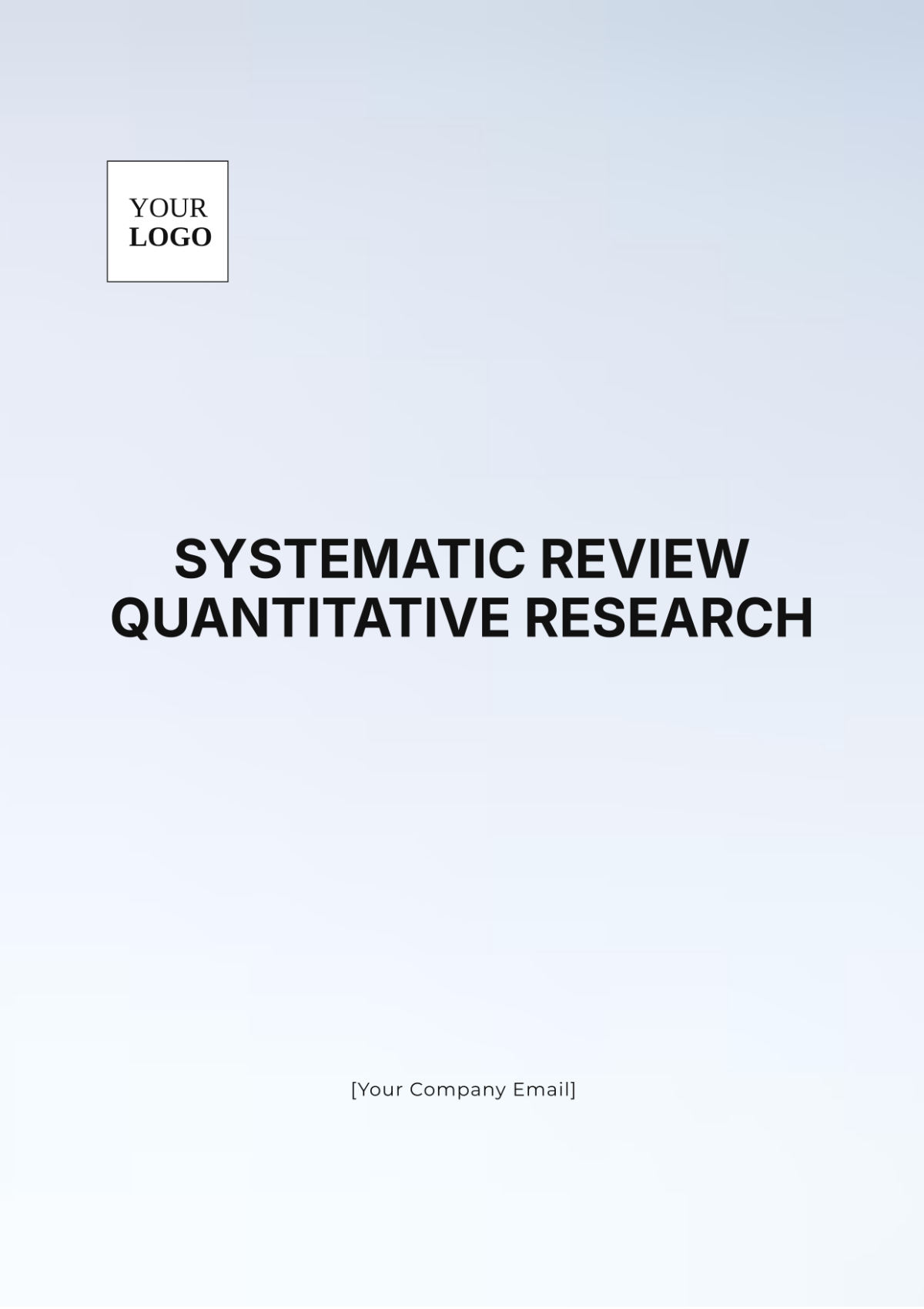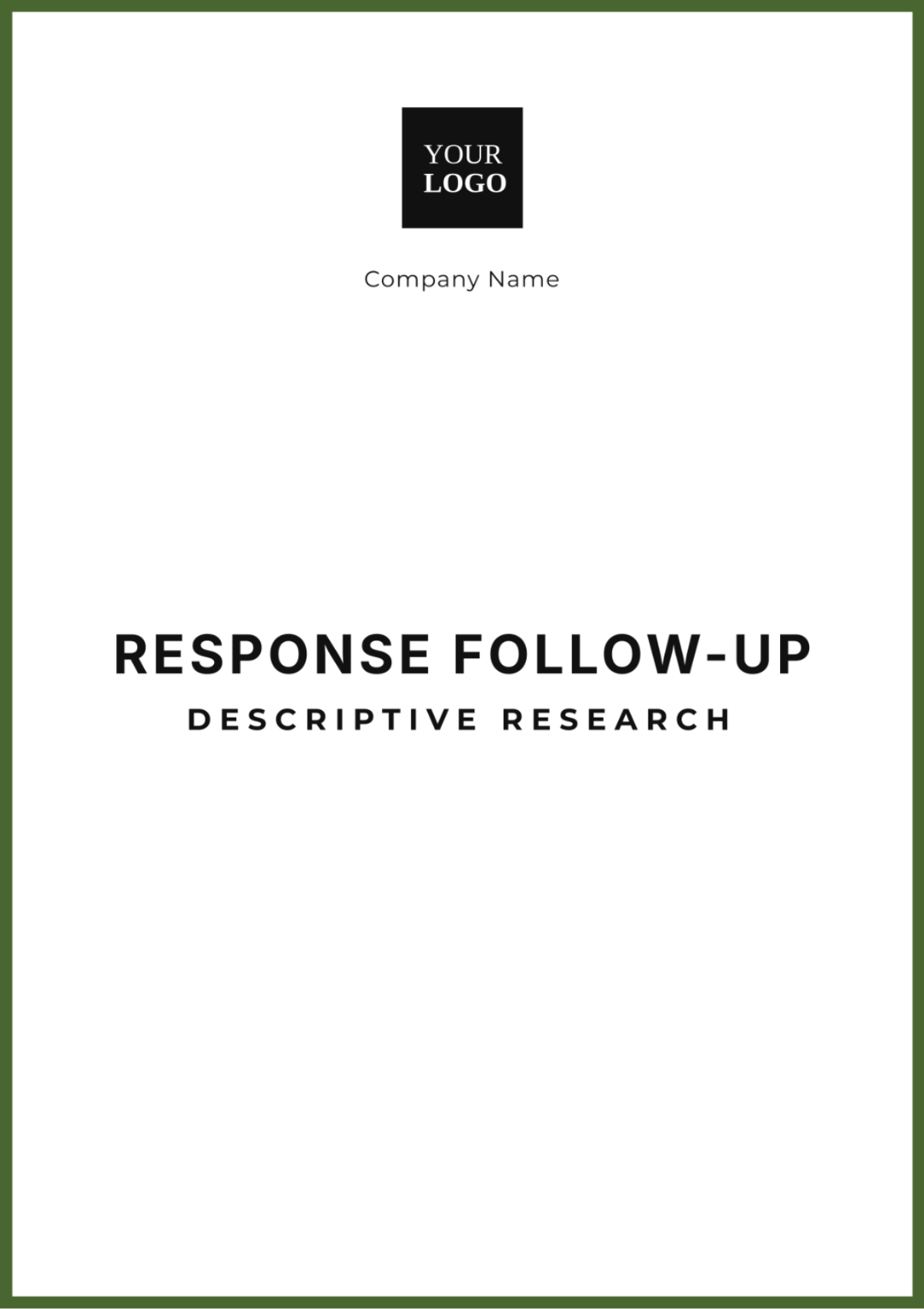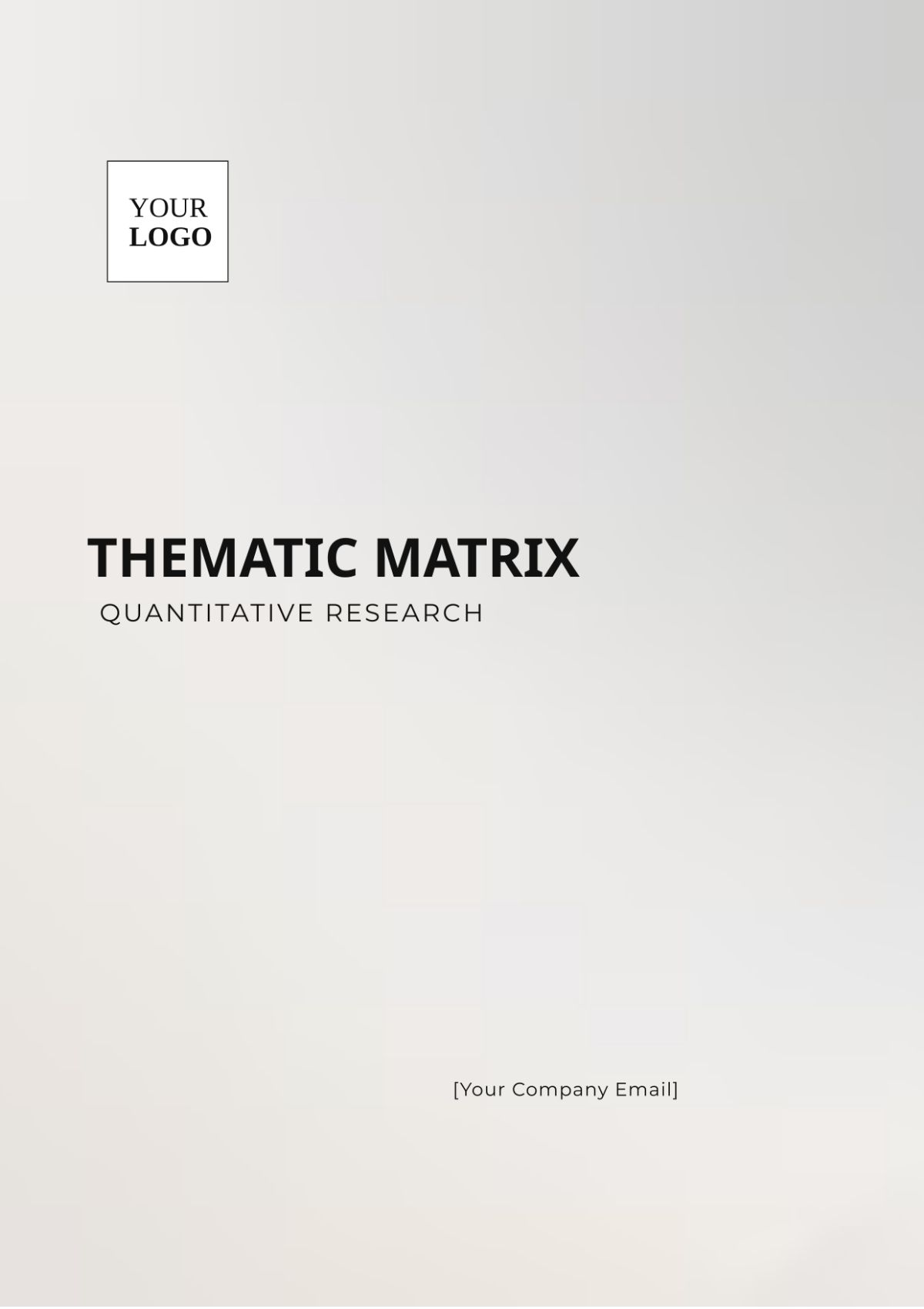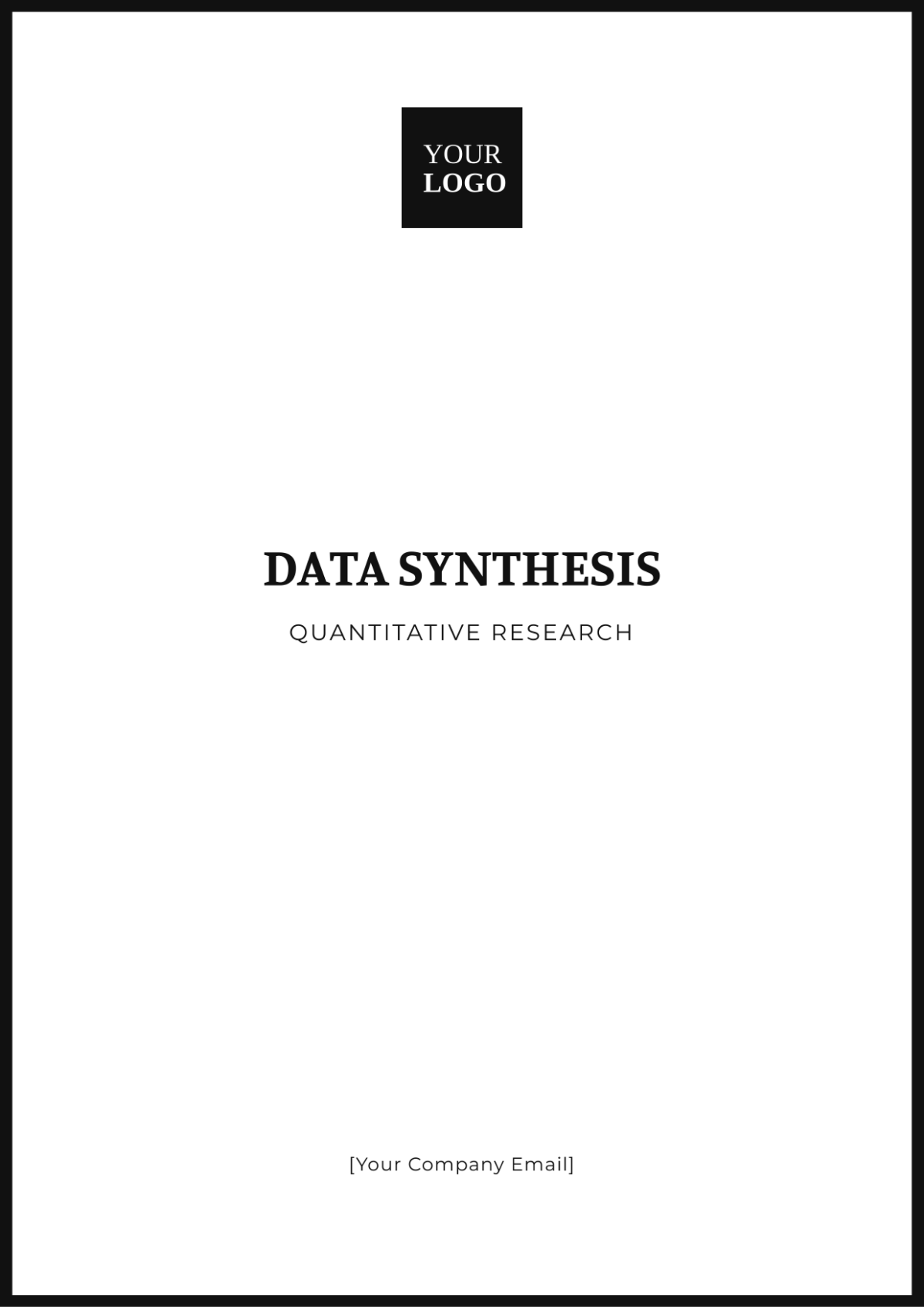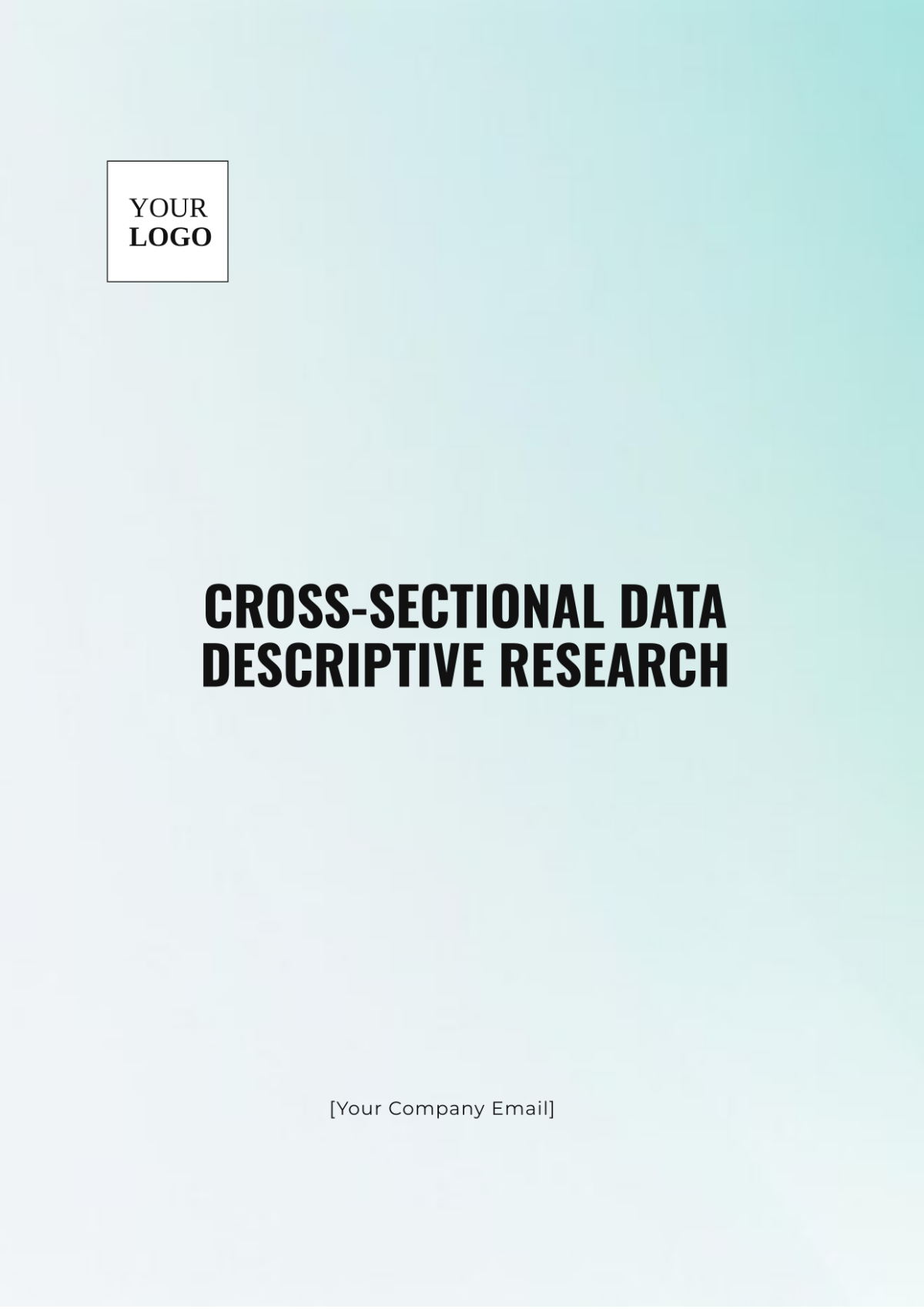Result Interpretation Research Design
Prepared By: [Your Name]
I. Introduction
This research investigates the various aspects of result interpretation in different research design frameworks, examining the crucial process of making sense of collected data through accurate and reliable methods, and explores the challenges, strategies, and best practices that contribute to informed decision-making and policy development.
II. Types of Research Design
1. Exploratory Research Design
Purpose: To investigate a research problem or issue that is not clearly defined. It is primarily used to gain a better understanding of an existing problem or to identify new variables, phenomena, or relationships that may warrant further investigation.
Methods: Common methods include literature reviews, focus groups, in-depth interviews, and case studies.
Outcomes: Generates hypotheses, identifies key variables, and provides insights that can guide subsequent research phases.
2. Descriptive Research Design
Purpose: To systematically describe the characteristics of a phenomenon or the behavior of a population. This type of research aims to answer questions like "What is happening?" and "To what extent?"
Methods: Surveys, observational studies, and case studies are commonly employed, often with quantitative data to summarize characteristics statistically.
Outcomes: Provides a detailed, factual, and accurate account of the phenomenon under study, often laying the groundwork for more complex analysis.
3. Explanatory Research Design
Purpose: To explain the cause-and-effect relationships between variables. This design seeks to identify factors that influence outcomes and to understand the mechanisms underlying these relationships.
Methods: Correlational studies, path analysis, and structural equation modeling are often used, with a strong emphasis on statistical control to isolate the effects of specific variables.
Outcomes: Helps in understanding the dynamics between variables, leading to theory development and hypothesis testing.
4. Experimental Research Design
Purpose: To establish causality by manipulating one or more independent variables and observing the effect on a dependent variable, typically within a controlled environment.
Methods: Laboratory experiments, field experiments, and randomized controlled trials (RCTs) are the gold standard methods, with random assignment and control groups used to eliminate biases.
Outcomes: Provides strong evidence of causality, enabling researchers to make definitive statements about the relationships between variables.
III. Components of Result Interpretation
Result interpretation involves synthesizing data to draw valid conclusions. The key components include:
1. Data Analysis
Quantitative Analysis: Involves statistical techniques such as descriptive statistics, inferential statistics, and multivariate analysis to analyze numerical data. Techniques like regression analysis, factor analysis, and cluster analysis are often employed to uncover relationships and patterns.
Qualitative Analysis: Involves thematic analysis, content analysis, and narrative analysis to interpret non-numerical data, such as interview transcripts, observations, and text data.
2. Significance Testing
Statistical Significance: Tests such as t-tests, ANOVA, chi-square tests, and p-values are used to determine whether observed effects are likely due to chance or represent real underlying patterns. Confidence intervals further support the precision of the estimates.
Practical Significance: While statistical significance indicates that results are not due to random variation, practical significance considers the real-world importance of the findings, often measured by effect sizes.
3. Contextual Understanding
Literature Integration: Interpreting results within the context of existing literature helps validate findings and situate them within the broader field. This involves comparing and contrasting results with previous studies to highlight similarities, differences, and contributions to the field.
Theoretical Framework: Aligning findings with theoretical models or frameworks can provide a deeper understanding of the implications and relevance of the results.
4. Presentation of Results
Data Visualization: Effective use of tables, charts, graphs, and infographics to present complex data in a clear, concise, and accessible manner. This is critical for communicating findings to both specialist and non-specialist audiences.
Narrative Explanation: Provide a detailed and coherent narrative that explains the findings, their significance, and their implications. This should include an interpretation of the results in layman’s terms when necessary, to ensure broader accessibility.
IV. Challenges in Result Interpretation
Interpreting research results accurately can be challenging due to several factors:
1. Bias and Subjectivity
Confirmation Bias: The tendency to interpret data in a way that confirms pre-existing beliefs or hypotheses. Researchers must remain vigilant against this by using blinded or double-blinded methods where possible.
Selection Bias: Arises when the sample is not representative of the population, leading to skewed interpretations. Ensuring random sampling and considering potential biases in data collection methods can mitigate this risk.
2. Data Quality
Incomplete Data: Missing data can lead to biased interpretations if not handled appropriately. Techniques such as data imputation or using sensitivity analysis can help address missing data issues.
Measurement Error: Errors in data collection instruments can distort findings. Regular calibration, validation of instruments, and pilot testing are crucial to ensure data accuracy.
3. Complexity of Data
Multicollinearity: When independent variables are highly correlated, it can be challenging to isolate their individual effects. Techniques like variance inflation factor (VIF) analysis can help identify and manage multicollinearity.
High Dimensionality: Large datasets with many variables can complicate analysis. Dimension reduction techniques like principal component analysis (PCA) or factor analysis can help simplify the data.
4. Confounding Variables
Uncontrolled Variables: Variables that are not accounted for can introduce bias and obscure true relationships. Careful research design, including randomization and matching, is crucial to minimize the impact of confounding variables.
V. Best Practices for Result Interpretation
To ensure accurate and reliable interpretation of research findings, researchers should adhere to the following best practices:
1. Use Reliable Data Collection Methods
Standardization: Employ standardized procedures and instruments for data collection to ensure consistency and reliability across all participants or cases.
Pilot Testing: Conducting a pilot study to test the data collection tools and procedures can help identify potential issues before the full-scale study is conducted.
2. Apply Appropriate Statistical Techniques
Choosing the Right Tools: Match the statistical techniques to the research questions, data type, and research design. For example, use logistic regression for categorical outcomes and linear regression for continuous outcomes.
Robustness Checks: Perform robustness checks, such as sensitivity analyses or alternative model specifications, to ensure the findings are not dependent on specific assumptions or methods.
3. Avoid Overgeneralization
Sample Representation: Clearly define the scope of the study and the population it represents. Avoid making broad generalizations beyond the study's context unless the sample is truly representative.
Contextual Limitations: Acknowledge the limitations of the study and consider how these might affect the generalizability of the findings.
4. Transparency
Detailed Reporting: Provide a comprehensive report of the methods, data, and analysis procedures. This includes disclosing any potential sources of bias or limitations in the study.
Reproducibility: Make data and code available where possible to allow other researchers to replicate and verify findings.
VI. Case Studies
Study | Research Design | Key Findings | Interpretation Method |
|---|---|---|---|
Smith et al. (2020) | Experimental | New teaching methods greatly enhance student performance across diverse groups. | We conducted ANOVA and post-hoc tests to identify significant differences between groups and interpreted the findings in light of existing educational research. |
Jones & Lee (2019) | Descriptive | High prevalence of teen mental health issues, varying by socio-economic status and gender. | Cross-tabulation and regression analysis to examine demographics, mental health outcomes, and social determinants of health. |
VII. Conclusion
Interpreting results is essential in research design, converting raw data into valuable insights that guide practice, policy, and future research; by employing strong analysis techniques, contextual understanding, and best practices, researchers can derive accurate and meaningful conclusions, with proactive challenge management, transparency, and reliable methods enhancing the credibility and contributing to the advancement of knowledge.
VIII. References
Smith, J., & Doe, A. (2020). Impact of New Teaching Methods on Student Performance. Journal of Education Research, 45(2), 123-135.
Jones, M., & Lee, K. (2019). Prevalence of Mental Health Issues among Teens. Journal of Psychological Studies, 78(4), 456-478







